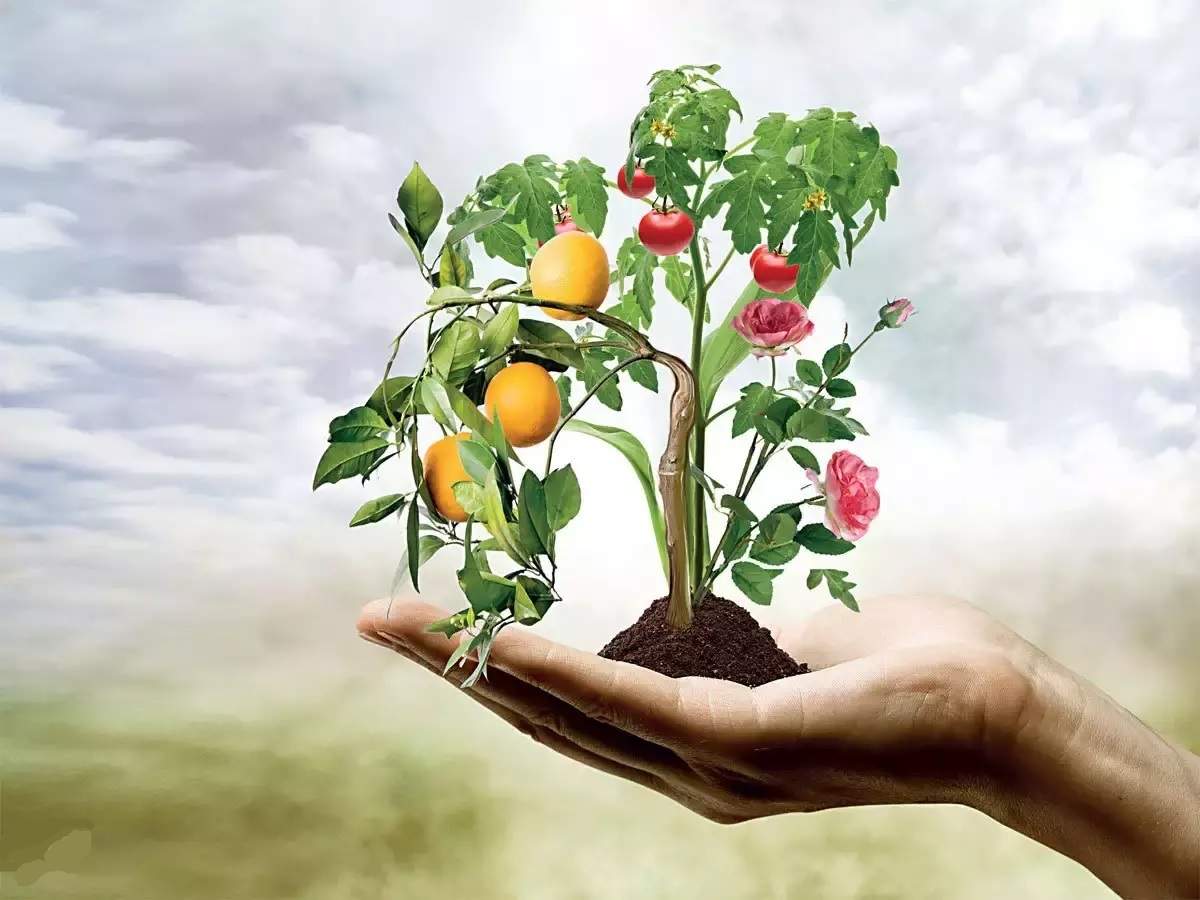



Article by: Hari Yellina
This financial year, the value of Australian horticulture is expected to be the second-largest on record. The March Quarter Agricultural Commodities Report from the Australian Bureau of Agricultural and Resource Economics and Sciences (ABARES) of the federal government confirms this. It is estimated to be worth $12 billion in 2021-22. This is predicated on the anticipation that most fruit and vegetable production will be abundant over the summer and autumn, thanks to favourable seasonal circumstances and low water prices. “This is despite the fact that horticulture production is likely to decline moderately due to a return to ordinary seasonal conditions,” according to the research. Its forecasts for the following year are even more optimistic, with a number of $12.5 billion, up 4% from the previous year.
According to ABARES, the value of output for export-oriented businesses will be higher if stronger international demand and fewer supply chain interruptions are realised, as in the faster recovery scenario. “Under a speedier recovery scenario in later years, this is likely to contribute to a greater overall nominal value of horticulture production,” it stated. However, projections are subject to a number of critical variables, the most important of which being labour availability. “There is a possibility that a more phased return of working holidaymakers may constrain labour supplies even more than expected, resulting in a scenario where higher labour costs will put greater upward pressure on farmgate prices,” the report said.
Additional incentives to the Student and Working Holiday Maker visas, the introduction of the Pacific Australia Labour Mobility (PALM) scheme, and the introduction of the Australian Agriculture Visa Program are all mentioned in the report as policy changes that will contribute to an “improved outlook for labour availability.” Changes to piece rates under the Horticulture Award are approaching, which will ensure at least the minimum hourly rate for the pieceworker’s classification level plus the 25% casual loading for casual pieceworkers. According to the ABARES analysis, the reform has the potential to address workforce shortages by making the industry more appealing to workers.
“The impact of the new minimum hourly wage guarantee on farm enterprises is unknown,” according to the paper, “although it is expected to prompt increased worker screening by farm employers in the near term and labor-saving investments in the long run.” Increased pay guarantees should encourage more people to apply for farm labour. Farm enterprises who are better equipped to adjust to the new laws by raising their chances of attracting or retaining higher-productivity employees will have an advantage over their competitors. Similarly, companies that invest now in workforce efficiency and labor-saving technologies will be in a better position to save money on labour expenditures in the long run.